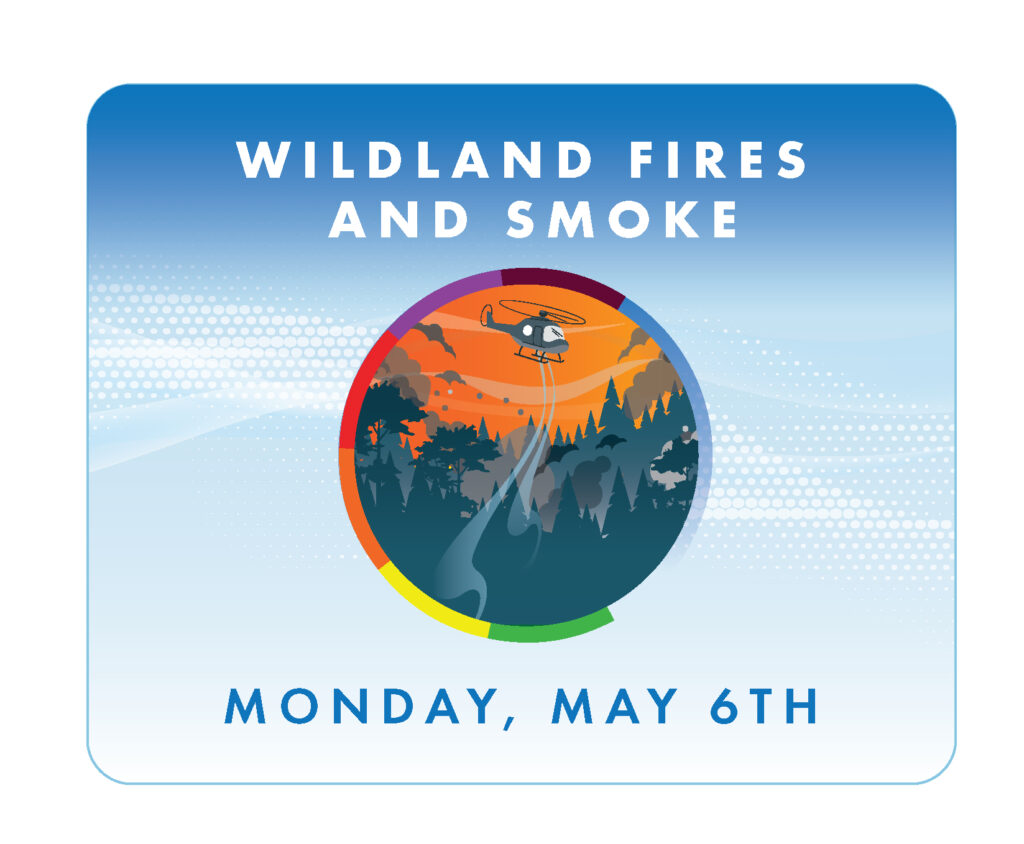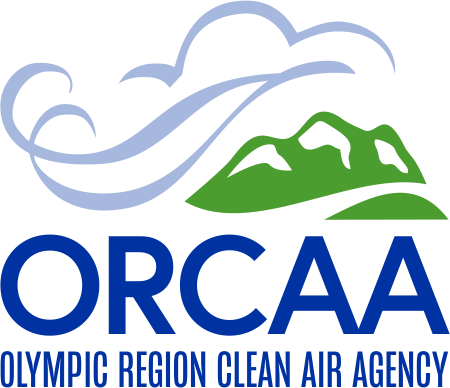
In recent years, western Washington has experienced a new threat: Smoke from Wildfires.
What Can I Do Now to Protect My Family from Wildfire Smoke?
If you live in an area where the wildfire risk is high, take steps now to prepare for fire season. Preparing for fire season helps protect the health of children, older adults, and people with heart or lung disease. The Prepare for Fire Season fact sheet describes the key steps you should take to make sure you are prepared to protect your family’s health in the event of a wildfire. FEMA’s How to Prepare for a Wildfire provides additional detail on how to protect yourself and your property.
Portable Air Cleaners
You may decide to purchase a portable air cleaner or high-efficiency HVAC system filter as part of your preparation. These help improve your indoor air quality during a wildfire smoke event. If you decide to go this route, choose an air cleaner properly sized for the room in which you will use it. Make sure the portable air cleaner does not make ozone.
You can find additional information about portable air cleaners and HVAC filters in the Indoor Air Filtration fact sheet and EPA’s Guide to Air Cleaners in the Home. EPA is also conducting Research on DIY Air Cleaners to Reduce Wildfire Smoke Indoors; the study webpage provides more information about this filtration option.
Do-it-yourself (DIY) Air Cleaners
If portable air cleaners are not available or affordable, you may choose to use a do-it-yourself (DIY) air cleaner. The safest and most effective DIY Box Fan Filters use multiple filters set up in a cube configuration around the intake side of the box fan – this method is called a Corsi-Rosenthal Box. In DIY projects, to maximize filtration, choose a high-efficiency filter, preferably rated Minimum Efficiency Reporting Value (MERV) 13 or higher. When building, be sure to align the arrows on the filter with the direction of the airflow through the fan. Try to get a good seal between the fan and the filter.

